Fear & the Brain
The science of human fear is much more complex than is commonly thought.


Genetically engineered tobacco plants produce potent artemisinin - a highly effective malaria drug - at a fraction of the usual cost.

Analysis of a nearly two million-year-old jaw fossil from east Africa reveals clues to the evolution of the human brain.


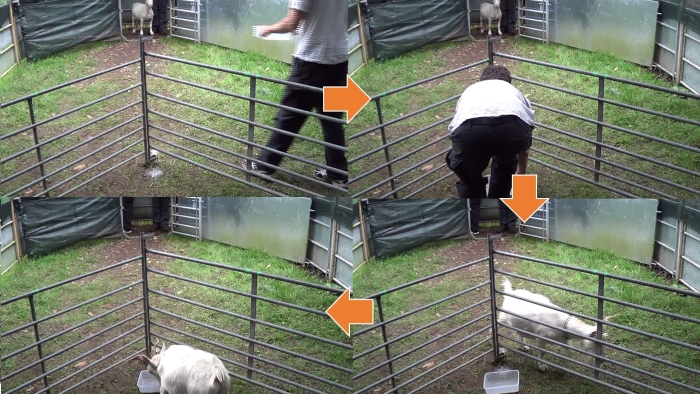
Domestic goats learn to do a challenging task by watching humans do it first.
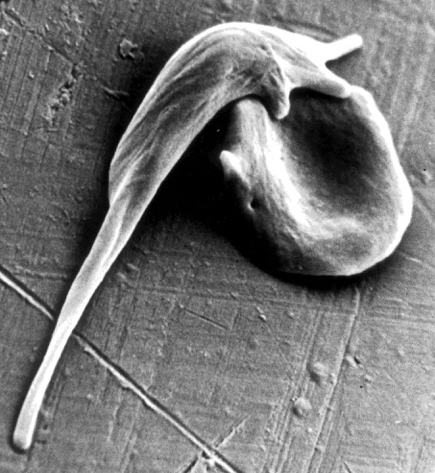
Scientists use a powerful new gene editing tool to treat sickle cell disease.
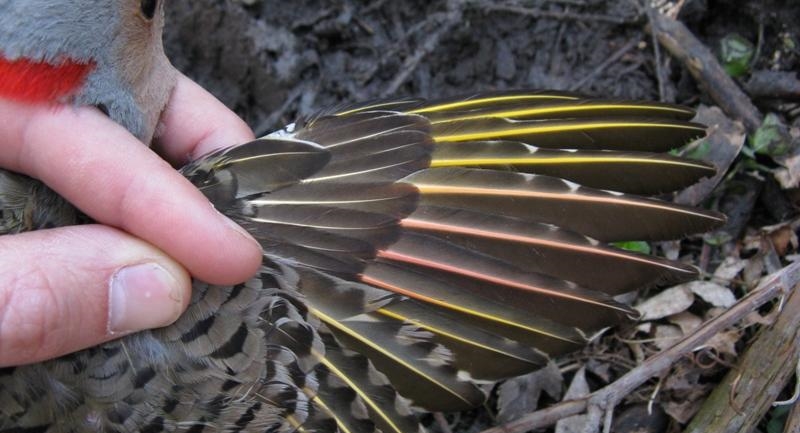
The berries of invasive honeysuckle plants are causing birds in eastern North America to change color.
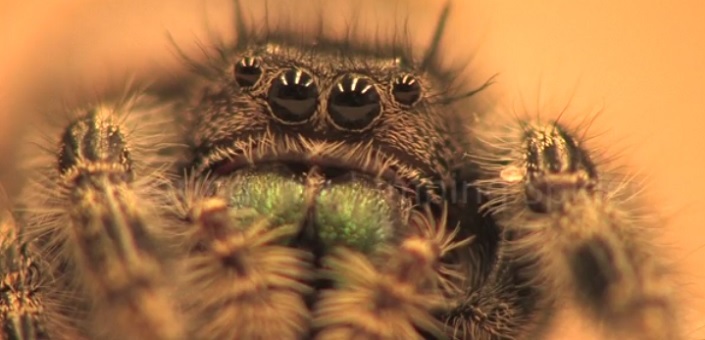
Scientists discover that a spider renowned for its sharp vision can also hear with its hair.


Unexpected biodiversity on the seafloor may play a big role in marine food webs.
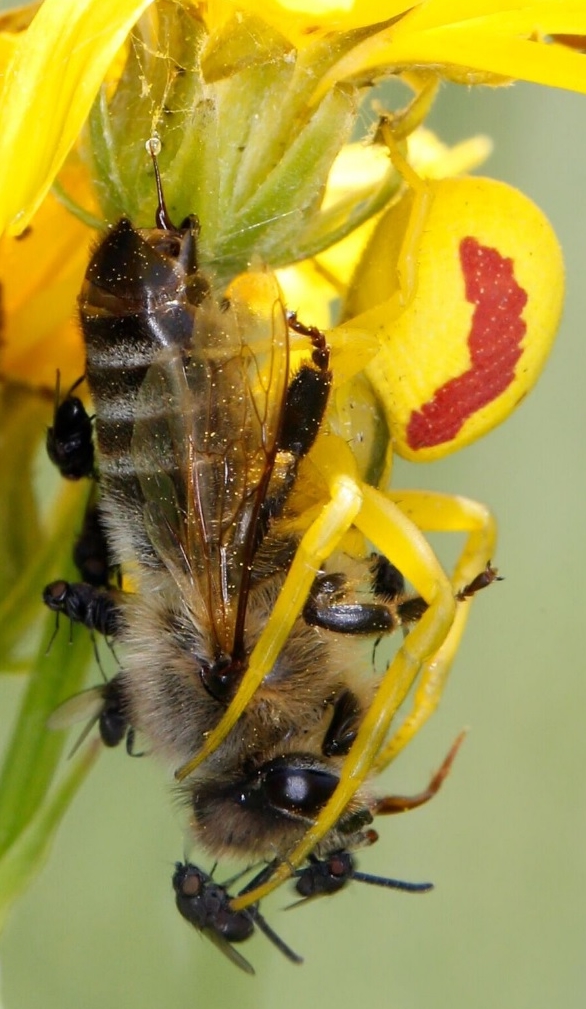
A flower exploits a fly’s penchant for stealing food from spiders in order to get pollinated.

Can a modest amount of training help improve health care delivery to the world’s poor?

Chimpanzees, bonobos, and orangutans exhibit a very "human" trait: an awareness that others can act on false beliefs about reality.
A smartphone app allows citizen scientists to track litter that makes its way into our waterways.
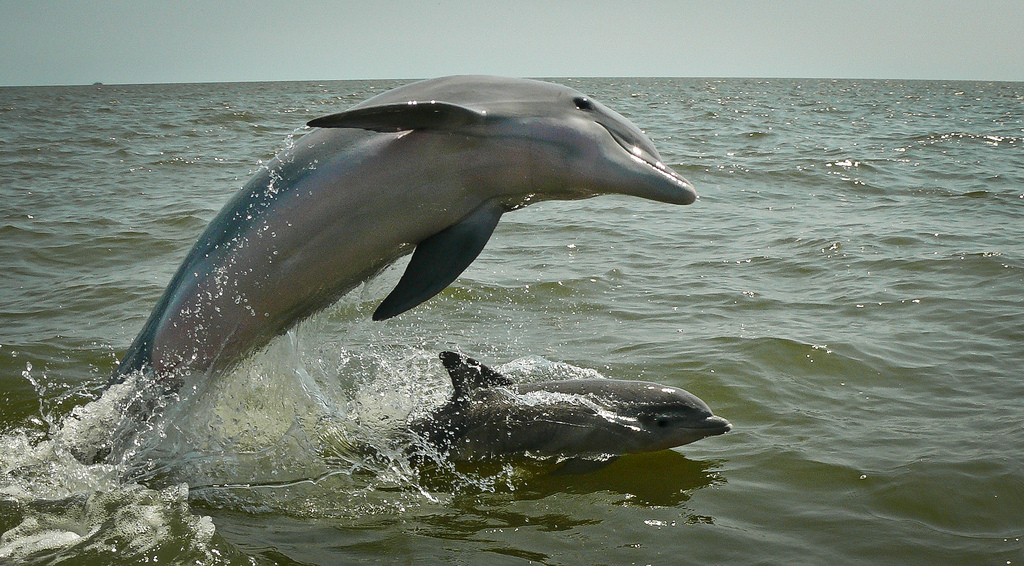
Each bottlenose dolphin makes up its own signature whistle early in life which functions much like a name.
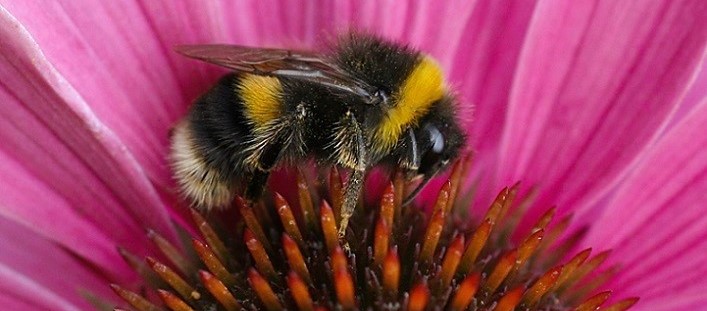
Raindrop impressions, preserved for 2.7 billion years, reveal clues about the early Earth's climate.
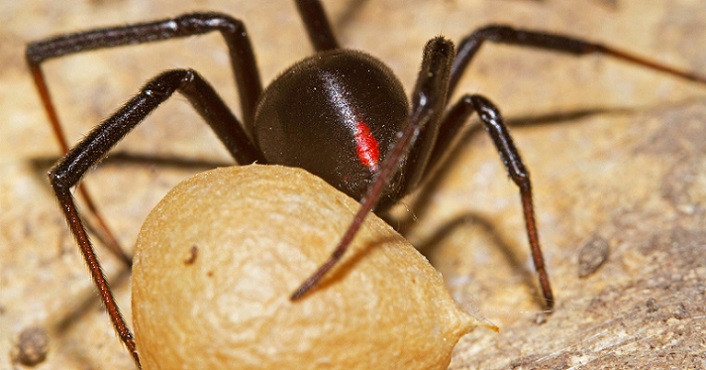


Bowhead whales in the Arctic Ocean sing a large variety songs to communicate with other whales.
